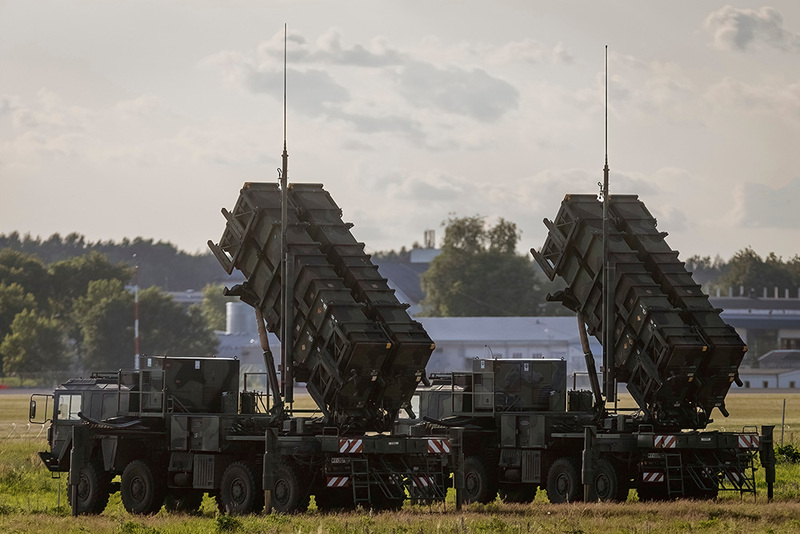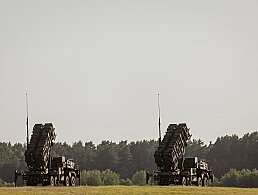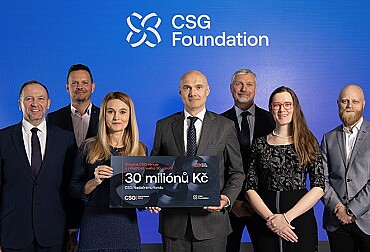NATO's $5.5 Billion Patriot missile contract: A strategic shift in European defense
In a significant move to bolster European air defense capabilities, NATO’s Support and Procurement Agency (NSPA) has facilitated a massive $5.5 billion contract for the acquisition of hundreds of Patriot surface-to-air missiles. This decision, set against the ongoing conflict in Ukraine, marks a pivotal moment in NATO's strategic defense posture.

Contract details and participants
The contract, awarded to COMLOG, a joint venture between US defense giant RTX (formerly Raytheon) and MBDA Germany, encompasses the purchase of up to 1,000 Patriot Guidance Enhanced Missiles (GEM-T). The alliance coalition driving this purchase includes Germany, the Netherlands, Romania, and Spain. This collective move signifies a deepened commitment to shared defense and interoperability among NATO allies.
Technical capabilities of GEM-T
The GEM-T missile, a complementary system to the Patriot Advanced Capability-3 (PAC-3), is designed to counter various threats including tactical ballistic missiles, cruise missiles, and enemy aircraft. Its enhanced features, such as a low noise front end, allow for improved seeker sensitivity, crucial for better acquisition and tracking of targets.
Production and supply chain expansion
Under the COMLOG contract, there will be significant updates to components, inclusion of new suppliers, provision of test equipment, and availability of spares. One of the notable outcomes of this deal is the planned expansion of GEM-T missile production in Europe, particularly with the establishment of a Patriot production facility in Germany. This move not only enhances the missile supply chain but also contributes to the European defense industrial base.
Contextualizing within Ukraine conflict
The context of this acquisition cannot be overlooked. When the US decided to send Patriot systems to Ukraine in December 2022, it was a response to the urgent need to protect Kyiv against Russian missile attacks. The move also symbolized a strong political statement of solidarity. This decision prompted other European Patriot operators, such as Germany and the Netherlands, to supply similar air defense systems to Ukraine.
Russia's continued airstrike campaign
Despite Ukraine's bolstered air defenses, including the Soviet-era S-300 systems and other Western-supplied systems like NASAMS and IRIS-T SLM missiles, Russia has persisted with a new airstrike campaign. This onslaught has predominantly targeted major Ukrainian cities like Kyiv and Kharkiv.
President Zelensky's remarks
Ukrainian President Volodymyr Zelensky, in a statement on social media platform X (formerly Twitter), highlighted the intensity of the Russian offensive. He mentioned that within a span of a few days, Russia had launched a combined attack of 300 missiles and 200 Shahed drones. Zelensky praised the Ukrainian forces for their unprecedented success in repelling such combined attacks, including the downing of 10 Kh-47M2 Kinzhal air-launched ballistic missiles.
Conclusion
NATO's decision to invest in a substantial fleet of Patriot missiles is a clear indication of the alliance's commitment to enhancing its collective defense capabilities. This move, particularly in the context of the Ukraine conflict, demonstrates a strategic shift in NATO's approach to dealing with evolving threats and underscores the importance of air defense in modern warfare.









